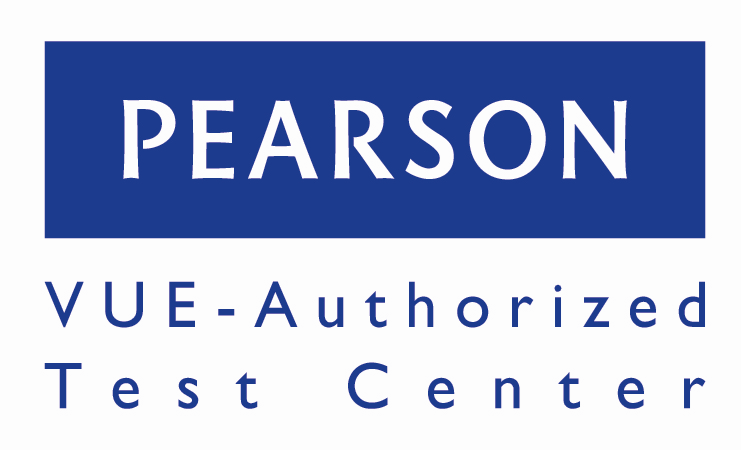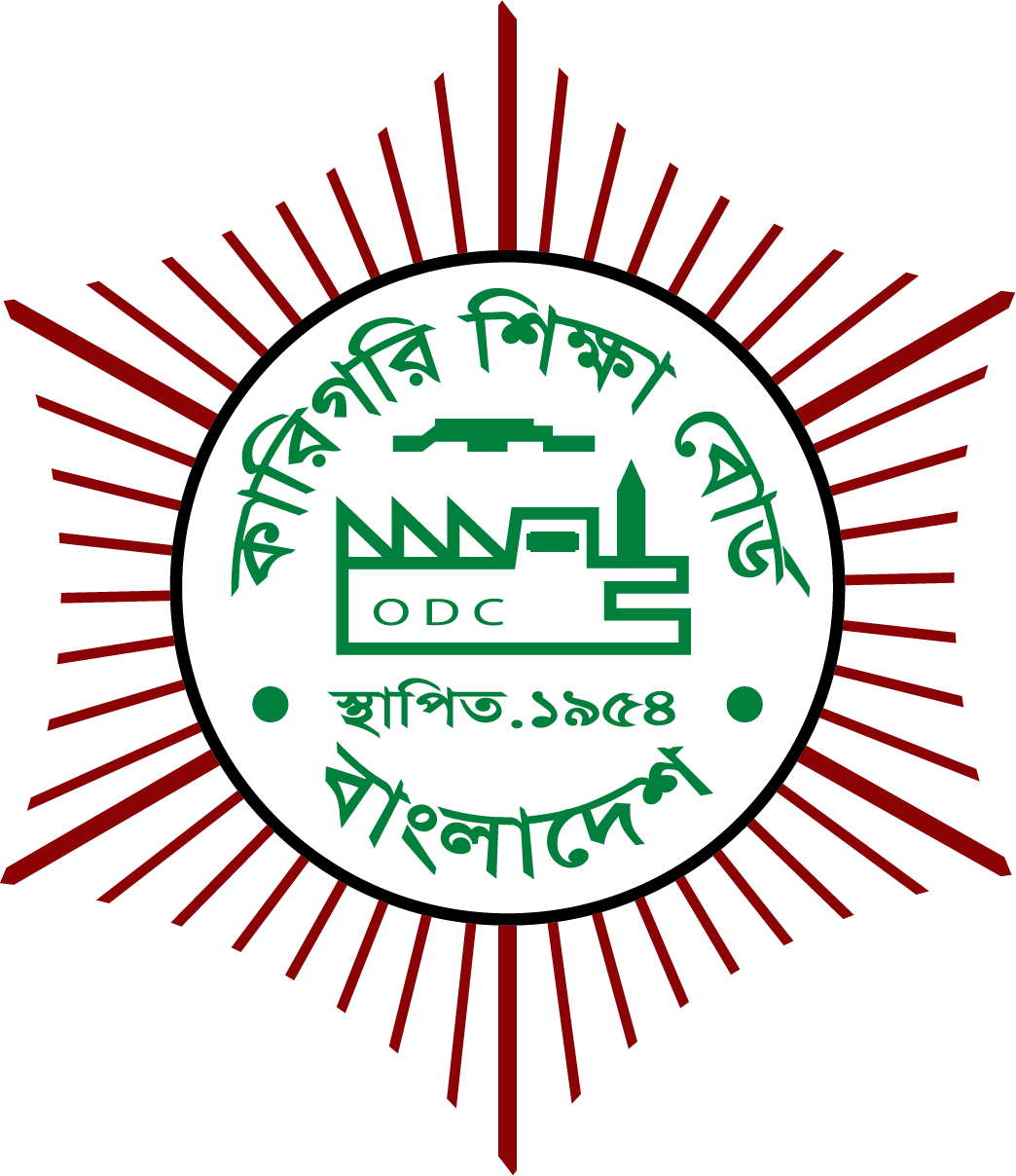Project Description
Python Programming Language with Framework
COURSE PLAN
Overview
Python is a language with a simple syntax and a powerful set of libraries. It is an interpreted language, with a rich programming environment, including a robust debugger and profiler. While it is easy for beginners to learn, it is widely used in many scientific areas for data exploration.
In this training course, you gain the skills to achieve rapid development cycles, faster time-to-market, and lower cost of maintenance by developing applications using Python’s language features, standard library modules, and third-party software packages. Once a trainee completes this course, they will be ready to take more advanced programming using Python.
Participants will learn
- Rapidly develop feature-rich applications from Python’s built-in statements, functions, and collection types
- Structure code with classes, modules, and packages that leverage OO features
- Create multiple data accessors to manage various data storage formats
- Develop dynamic, platform-independent GUIs and data-driven web applications
Who this course is for?
- For People Who want to get under the hood details of Python before picking up any advanced programming in python
- People with long term dream of becoming Data Scientist, Machine Learning Practitioner or Web Developers, this is the first ever step you must cross
- Suitable for all Level of Python Programmers
- For Newbies of Python
Prerequisites
The course has no prerequisites and avoids all but the simplest mathematics. Anyone with moderate computer experience should be able to master the materials in this course.
Python Programming
- Web Applications
- Scientific and Numeric Computing
- Creating Software Prototypes
- A Good Language to Teach Programing
- General Purpose




